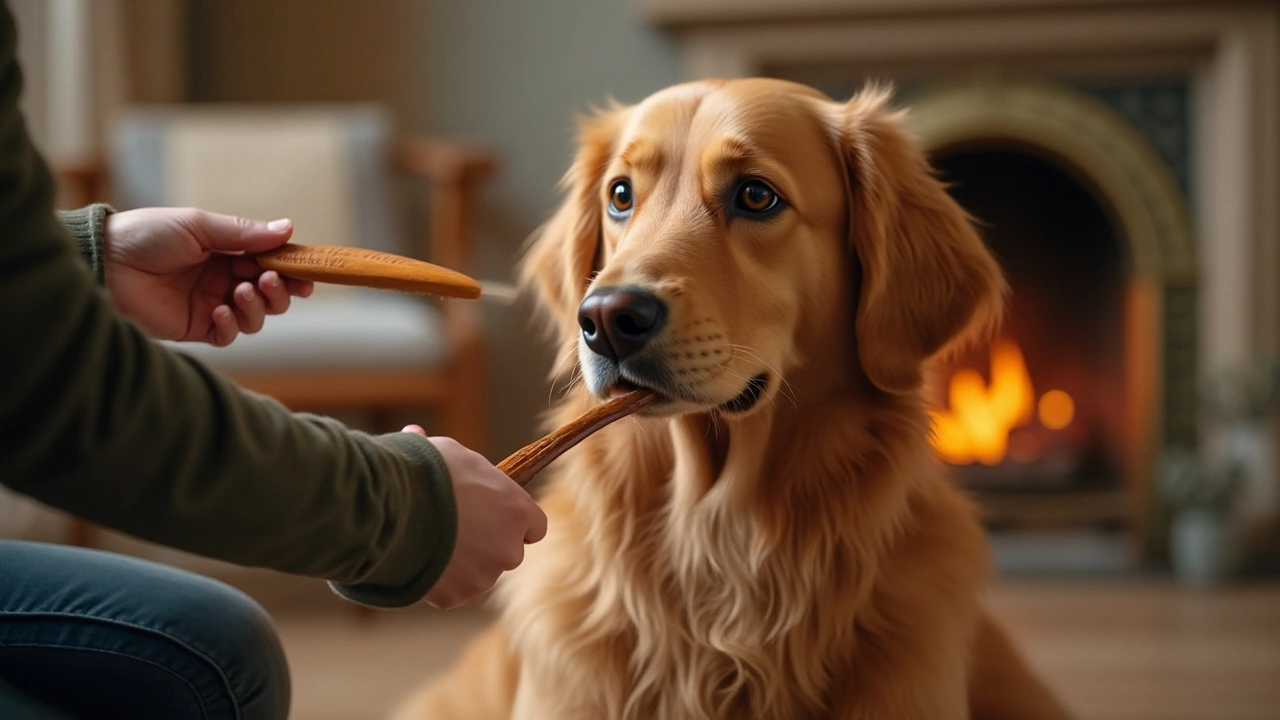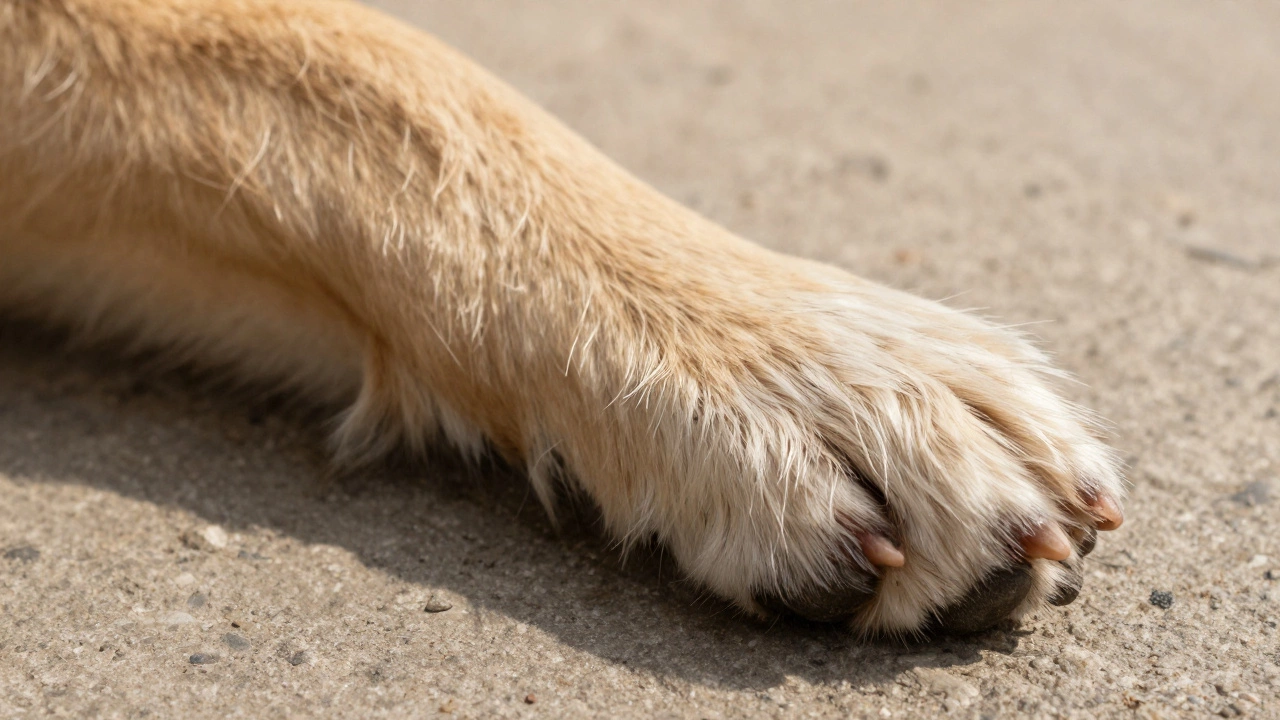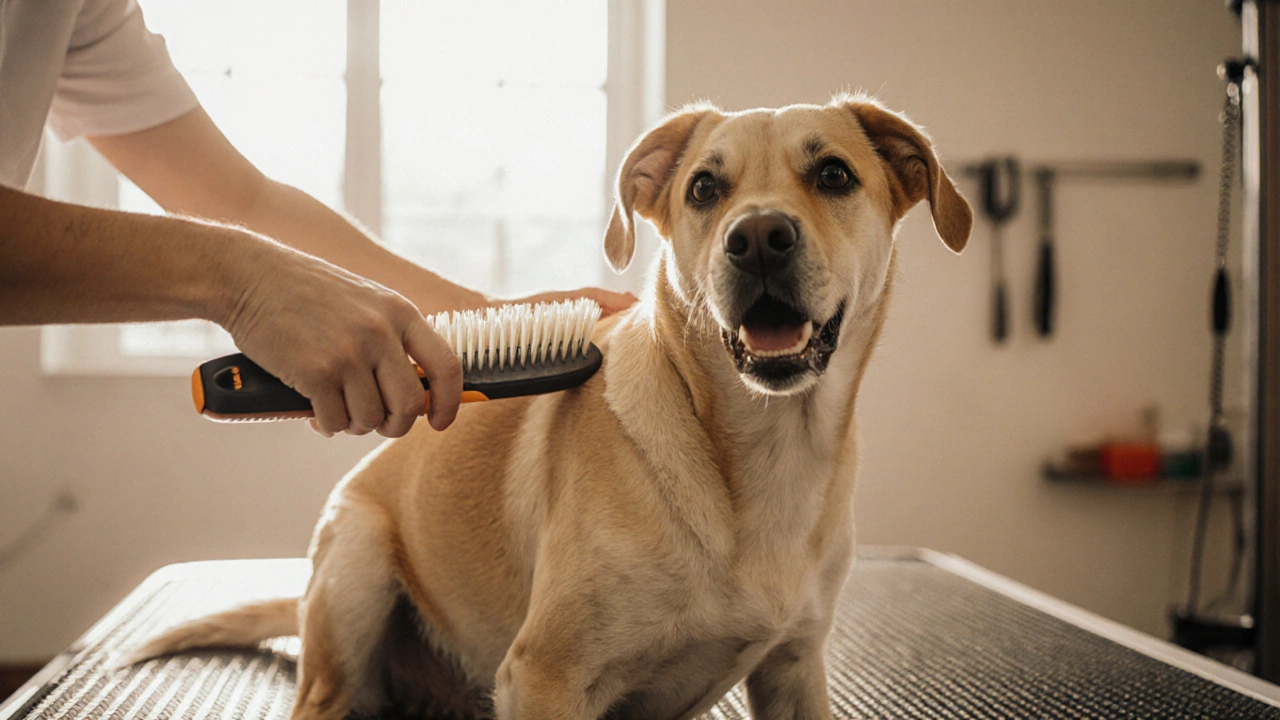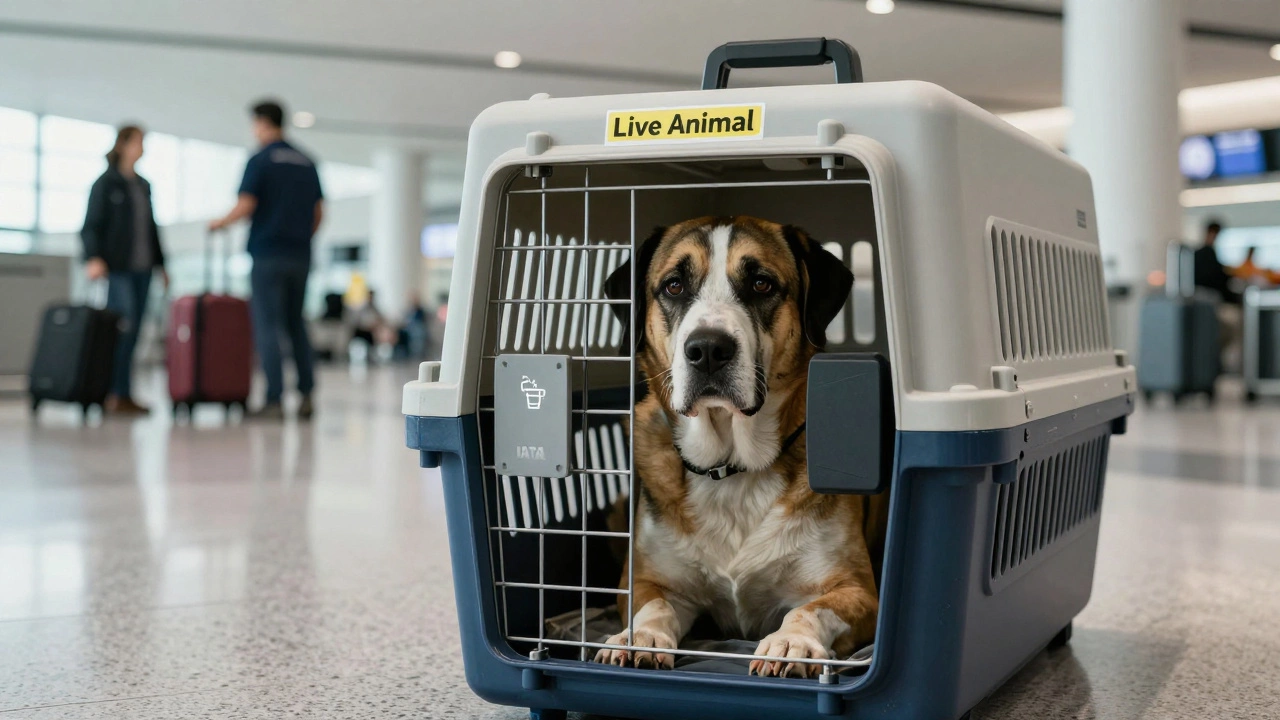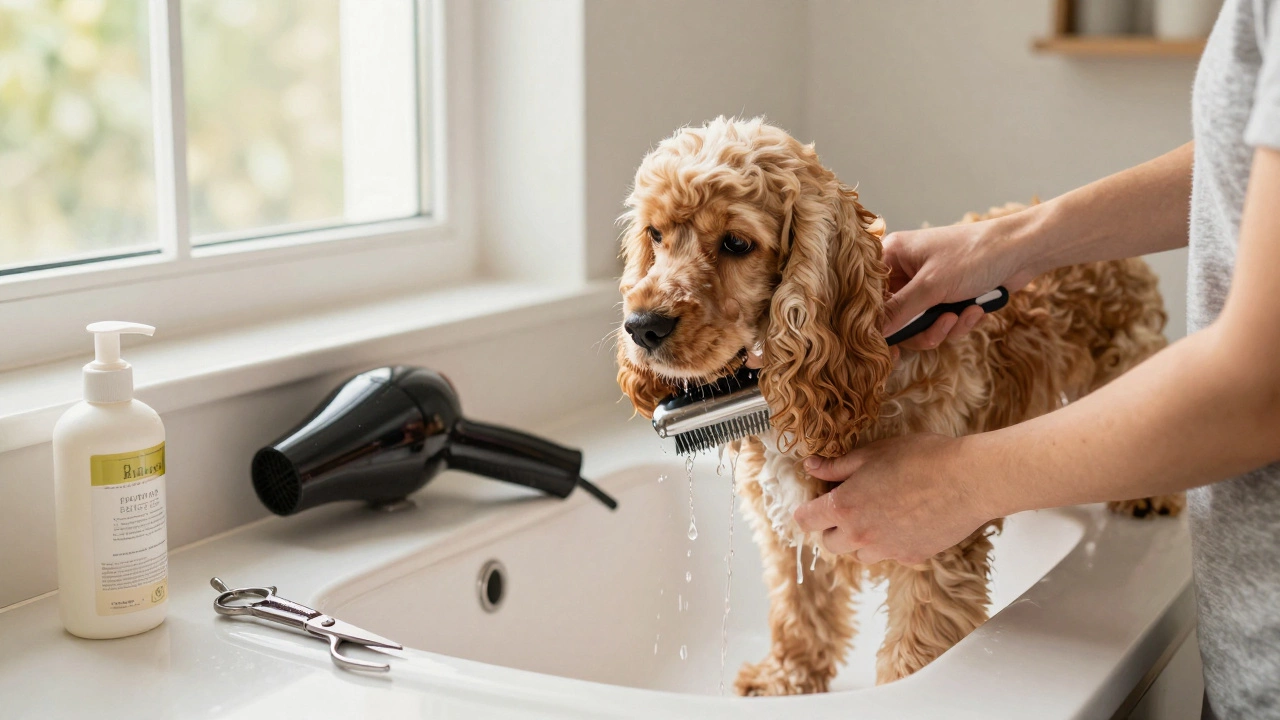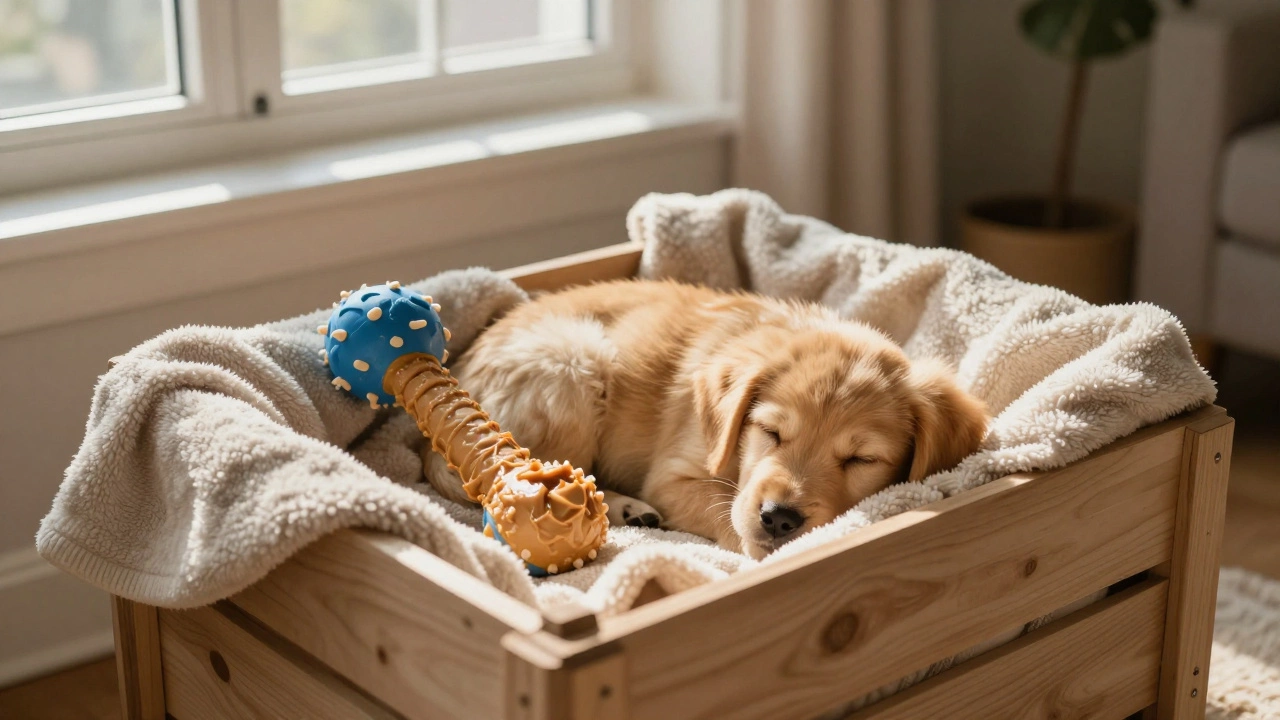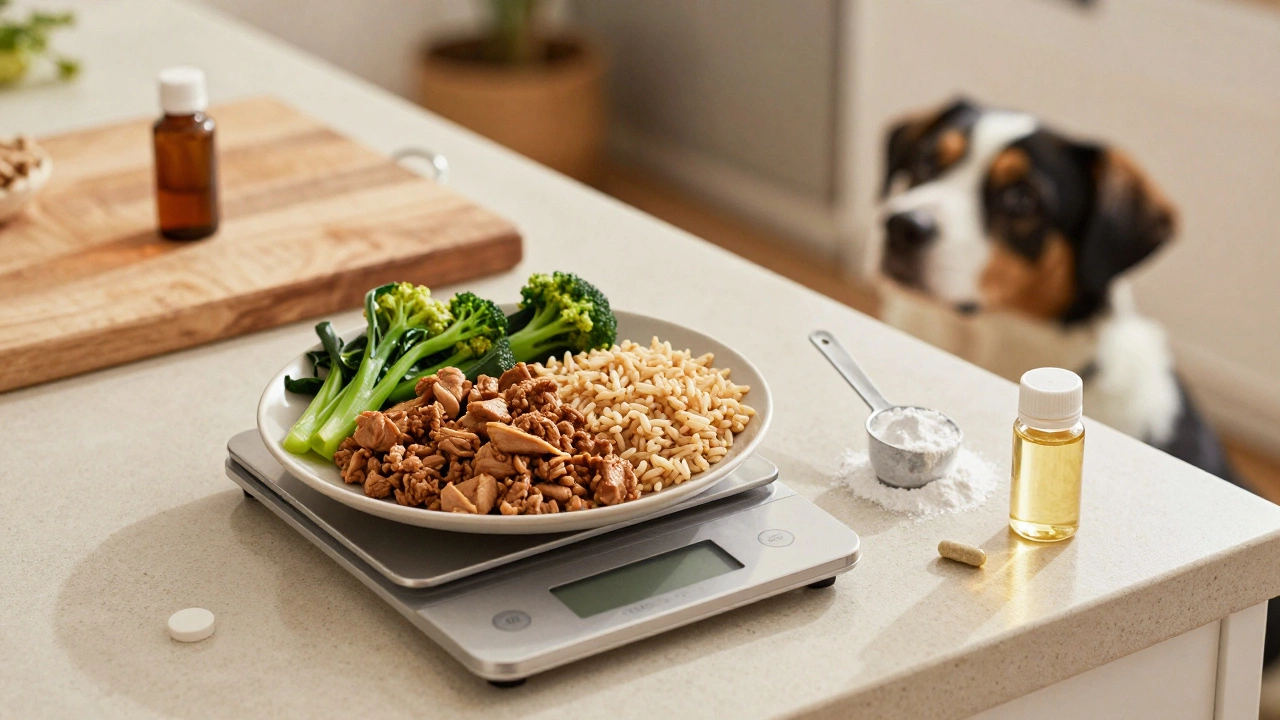Keeping your furry friend looking and feeling their best involves regular grooming sessions. A big part of this is brushing, a task that can sometimes leave pet owners scratching their heads. Should you brush your dog when their coat is dry, or is it better to tackle the tangles while it's wet?
There's no one-size-fits-all answer, as it often depends on your dog's specific needs and coat characteristics. In this article, we meander through the nuances of wet and dry brushing. We'll weigh the benefits and potential drawbacks, so you can decide which approach will work wonders for your pup's coat.
Brushing may seem straightforward, but with the right techniques and timing, you can turn it into a bonding moment while keeping your dog’s coat healthy and shiny. Let’s dive into the world of dog grooming and figure out which method suits your furry pal the best.
- Understanding Your Dog's Coat
- Advantages of Dry Brushing
- Benefits of Wet Brushing
- Choosing the Right Tools
- Expert Tips for Effective Brushing
Understanding Your Dog's Coat
Each dog is unique, and you might be surprised to learn just how varied their coats can be across different breeds. From the silky smooth strands of a Yorkshire Terrier to the dense, water-resistant fur of a Labrador Retriever, every type of coat demands a specific kind of care. To provide the best grooming, it’s essential to first recognize the characteristics of your particular dog’s coat. Consider factors like the length, texture, and thickness, as these elements will inform the decision between dry brushing or using brushes on a wet coat.
Some dogs have a single coat, which is relatively lighter and often features a smoother texture. Breeds like Greyhounds fall into this category. Their coats are easy to maintain and often don't require frequent brushing to prevent matting. On the other hand, double-coated breeds such as Huskies or German Shepherds have a second layer of dense fur, which helps regulate their body temperature. For these dogs, regular brushing is essential to manage seasonal shedding and to ensure their undercoat remains healthy and tangle-free.
The moisture level and cleanliness of your dog's coat also play crucial roles. While wet coats can often lead to tangles in certain breeds, dry coats might not allow dirt and loose fur to be easily captured by the brush. Understanding your dog's needs is the key to an effective grooming routine. A dry brush might be perfect for a Poodle’s curly coat, whereas for the thick, lush fur of the Newfoundland, you could opt for gentle strokes when damp to manage all that volume effectively.
"Knowing your dog's coat type is the foundation of good pet grooming. It's the first step towards developing a routine that reduces shedding, prevents skin problems, and keeps your pet comfortable," says Dr. Sophia Yin, a renowned animal behaviorist.
Age also influences coat conditions. Puppies tend to have softer, thinner coats, which can sometimes fool new dog owners into using unsuitable grooming techniques. As they mature, their coats become the stronger protective barrier they're known for, demanding more frequent updates to your grooming strategy. Similarly, senior dogs may develop thinner or more brittle hair compared to younger dogs.
And let’s not forget, many dogs' coats change with the seasons. A dog might shed their winter coat in spring, prompting you to turn to more regular brushing sessions during these times to help manage the transition. When you understand the unique nature of your dog's coat, you embrace the first step in nurturing their health and appearance, helping them look and feel their best every day.
Advantages of Dry Brushing
Dry brushing your dog’s coat offers numerous benefits, turning a simple grooming session into a healthful routine. One significant advantage is the ease and convenience it provides. Without needing any additional equipment like towels or a drying station, you can instantly grab a brush and start grooming. For dogs who shy away from water, or in situations where time is a constraint, dry brushing is a quick and effective way to maintain your dog's fur. It helps in removing loose fur, which is especially important for breeds that are heavy shedders. By incorporating dry brushing into your daily routine, you can significantly reduce the amount of pet hair in your home and furniture.
Dry brushing also stimulates natural oils present in your dog's coat, promoting a healthy and shiny appearance. These oils protect the skin and fur, acting as a barrier against dirt and moisture. The process of dry brushing enhances this benefit by distributing these natural oils evenly throughout the coat. Veterinarians often highlight the role of these oils in maintaining skin health. In doing so, dry brushing minimizes the need for frequent baths, which can sometimes strip away essential oils, causing dry and flaky skin.
Another critical benefit is the enhancement of blood circulation. The gentle motion of the brush against the skin can improve blood flow, which is crucial for cellular health and fur growth. Improved circulation also aids in muscle relaxation, making dry brushing akin to a mini massage session for your pet. This can be particularly beneficial for older dogs, as it may provide relief from stiffness and encourage flexibility. Moreover, this circulating boost aids in the healing and rejuvenation of the skin, supporting overall vitality.
"The best tool for the job is often the one you can use regularly, and dry brushing fits into anyone's schedule," says Dr. Martin White, a renowned veterinarian known for his expertise in pet grooming.
Additionally, dry brushing serves as an excellent opportunity to check for any unusual changes in your dog’s skin, such as lumps, bumps, or parasites like ticks. By making it a habitual practice, you can catch any potential health issues early, which increases the chances of a positive outcome. Many pet owners find that the bond they share with their pets strengthens during these grooming sessions. The process allows for moments of affection while ensuring their pet’s health. Another unexpected advantage is the calming effect; many dogs find the motion soothing, which can help dogs who typically experience anxiety to relax.
You can also introduce dry brushing long before puppies become accustomed to wet baths, which helps them get used to grooming and being handled. This can later be extended to ears, teeth, and nails, ensuring your pet’s health comprehensively. In the context of behavioral training, integrating dry brushing into routine bonding times demonstrates to dogs that grooming is a positive experience, reducing resistance or fear. Combined with appropriate rewards, these sessions can build trust and comfort with the necessary grooming procedures.
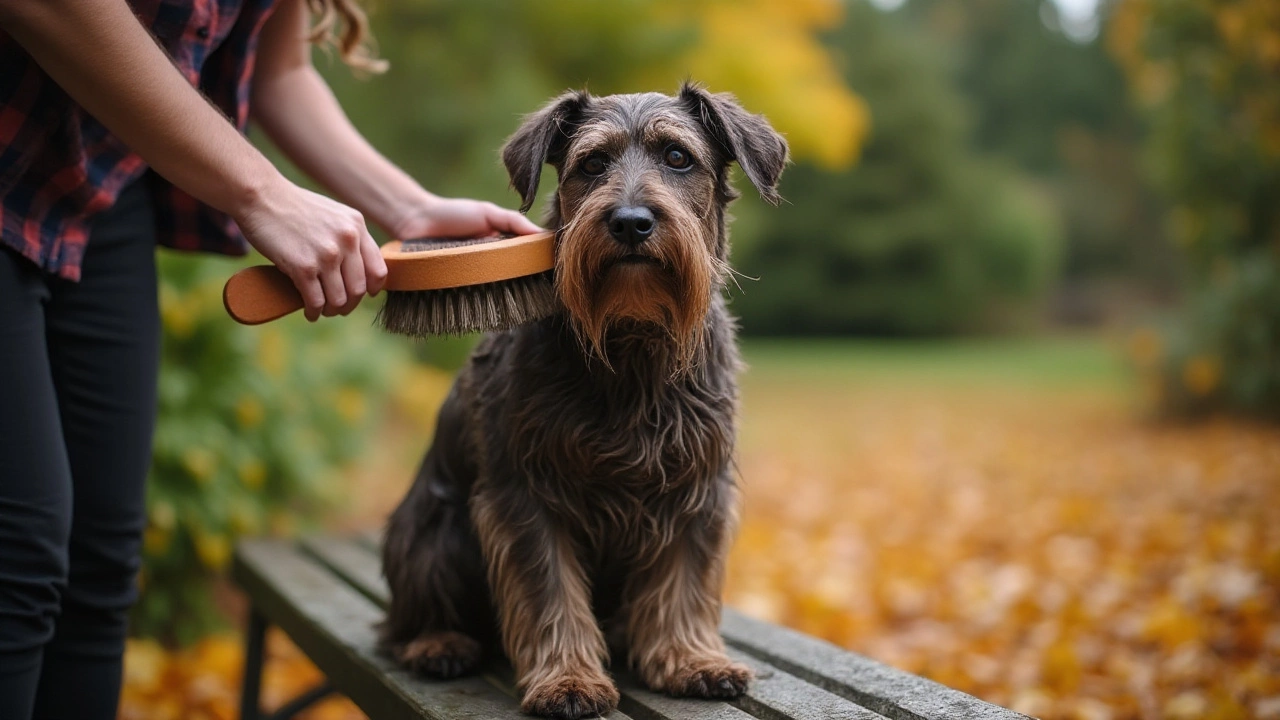
Benefits of Wet Brushing
Wet brushing your dog might initially seem counterintuitive, particularly if you're accustomed to tackling your pet's coat without water. However, there are remarkable benefits that can make the process smoother for both you and your furry companion. First and foremost, brushing with a damp coat can significantly reduce the amount of hair that flies around. This is especially advantageous if you've got a breed prone to shedding. By wetting the coat first, loose fur clings together, reducing the mess and making clean-up much easier. Water acts almost like a gentle adhesive, keeping shed hair on the brush rather than floating onto your furniture or clothes.
Wet brushing also tends to be gentler on your dog's skin. The water aids in detangling without yanking or pulling on those stubborn knots, which is especially beneficial for longer-haired breeds. Imagine the relief your pup feels when you untangle its coat with ease, turning a would-be discomfort into an enjoyable grooming routine. It's in these moments you notice the wet hair tends to glide smoothly under the brush, preventing irritation or an accidental scratch on delicate skin. With every stroke, you help stimulate the skin underneath, encouraging healthy oils to nourish the coat, leaving it softer and glossier.
From a hygiene perspective, dampening your dog's fur before brushing can also help in the fight against dirt and dandruff. The moisture assists in loosening and lifting any debris or dead skin that accumulates during an adventurous day out, often unnoticed in the chaotic whirl of a dry coat brushing. Some pet owners even opt to use a light conditioning spray, which can be especially effective after a bath, ensuring that their dog’s fur remains hydrated and vibrant. This allows you to turn a simple grooming session into a spa-like experience for your dog, truly enhancing their grooming routine.
It's also worth highlighting that, according to renowned groomer Linda Easton,
"Wet brushing, when done correctly, is like a massage for your dog. Not only does it keep their coat in check, but it strengthens the bond between owner and pet."Her perspective is mirrored in the experiences of many pet parents who find their dogs calmer and more relaxed during these sessions. This prolonged physical contact is soothing for pets, nurturing a stronger connection through the gentle motions of a brush gliding over a wet coat. It's not merely the act of grooming but the gentle, reassuring moments that make a difference.
If you're still uncertain, a trial run might be the way to go. To gauge the benefits, try wet brushing one section of your dog's coat, perhaps using a dog-specific conditioner or just plain water. This way, you can observe how your dog reacts and how much easier it may be to navigate around stubborn tangles. You may find that the wet brush naturally fits into your grooming toolkit, complementing the dry brushing routine, so that both methods are used at different times for maximum efficiency. A strategy like this not only adds variety to your pet's grooming session but also helps to maintain its coat in peak condition throughout the seasons.
Choosing the Right Tools
In the quest to maintain your dog’s lustrous coat, selecting the proper grooming tools is paramount. Different breeds have varying types of fur, each needing a specific grooming method to shine and thrive. Understanding the needs of your dog’s coat is vital before diving into the vast sea of grooming tools on the market. It isn’t merely about snagging the fanciest brush on the shelf; it’s about ensuring the tool matches your pup's personal grooming needs. Whether dealing with a short-haired bulldog or a fluffy Pomeranian, the right tool can make all the difference in not only appearance but also comfort.
A staple in the dog grooming world is the slicker brush. Ideal for detangling mats in medium to long-haired dogs, it features fine, short wires that effectively remove loose hairs and dirt. For breeds with shorter coats, such as Beagles or Dalmatians, a bristle brush works wonders. This tool gently massages the skin while spreading natural oils across the fur, providing a healthy shine. In the case of thick or double-coated breeds like Huskies and Retrievers, an undercoat rake is essential. This tool helps tackle the dense underlayer, reducing shedding and maintaining coat health.
Once your main brush type is selected, having a de-matting tool on hand can prove beneficial for those sudden matting emergencies or stubborn knots. Also, consider investing in a dry shampoo for last-minute touch-ups, especially if wet grooming isn’t an option. Understanding the unique needs of your dog’s coat will make grooming less of a chore and more like quality bonding time. The right approach, combined with the correct tools, ensures your dog remains comfortable and styled.
"Choosing the right grooming tools for your dog is just like pairing the proper ingredients for a recipe; it’s the foundation upon which the outcome, or in this case, the fur condition, depends." – Dr. Caroline Stalter, Veterinary Dermatologist
Highlighting Essential Statistics
It’s interesting to note that according to a recent study, 60% of pet owners observed less shedding and overall better coat condition after switching to breed-appropriate grooming tools. This not only suggests the effectiveness of choosing the right brush but also highlights the potential environmental benefits of reduced fur shedding in homes and public spaces. By making informed decisions, pet owners are not just enhancing their pets’ comfort but also promoting a cleaner environment.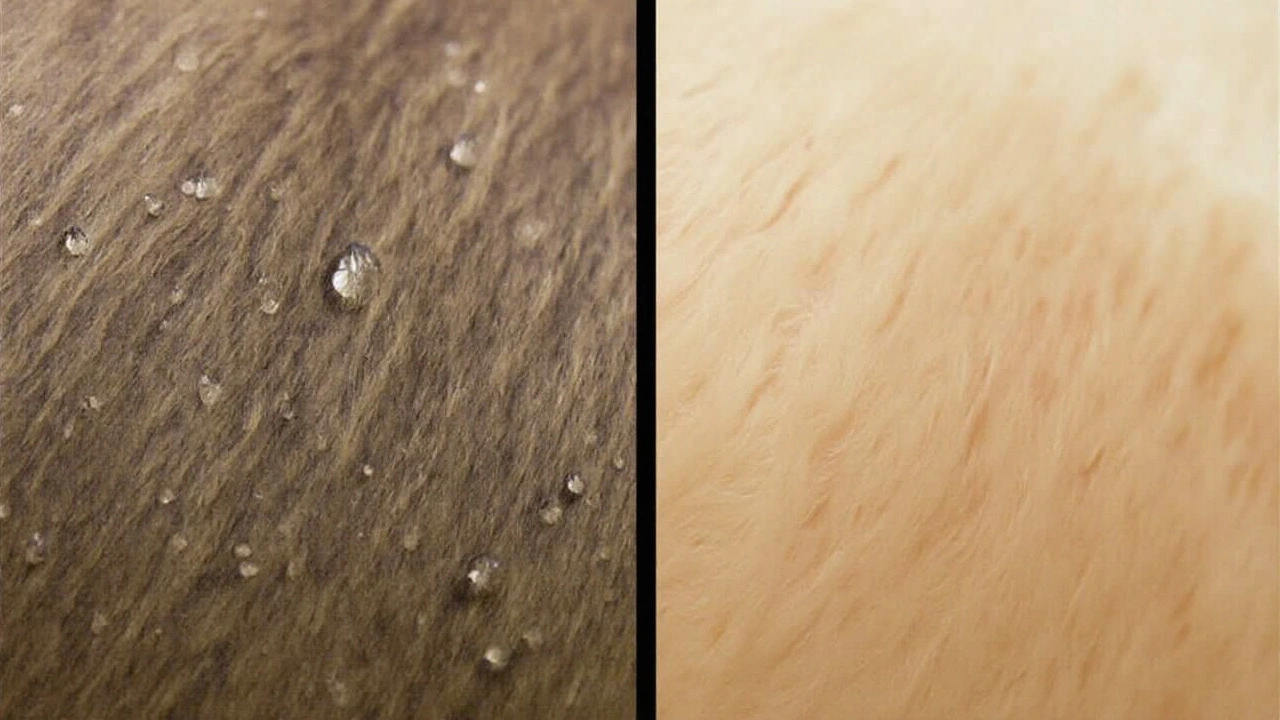
Expert Tips for Effective Brushing
Grooming your furry companion doesn't have to be a chore. With a little know-how and the right approach, it can become an enjoyable routine for you and your dog. First off, it’s crucial to understand the unique texture and length of your dog’s fur. Different breeds and coat types require different care, and using the wrong approach can lead to discomfort and even skin irritation. For instance, short-haired breeds don’t require as much frequent grooming, but regular brushing can help to distribute natural oils throughout. In contrast, long-haired breeds might demand daily attention to avoid tangles and matting. Brushing your dog effectively can also significantly reduce shedding around your home, a perk any pet owner will appreciate!
Choosing the right tools is half the battle. There are countless brushes on the market, but not all of them suit every dog's needs. Slicker brushes, with their fine wire bristles, are excellent for detangling and removing loose fur, especially in medium or long-haired breeds. Bristle brushes, softer and gentle, help distribute natural oils, providing that much-needed shine. For pups with thick undercoats, an undercoat rake can gently remove loose hairs without damaging the topcoat. Regular grooming with these tools can keep your pet's coat in top-notch condition. Did you know a well-groomed dog is not just about aesthetics? According to the American Kennel Club, proper grooming can aid in identifying health issues more promptly, such as skin problems or lumps under the skin, which might go unnoticed in less cared-for coats.
Let’s move on to technique. Whether you're opting for a wet or dry brushing method, always start with gentle strokes in the direction of hair growth, paying attention to sensitive areas like the belly and tail. For more tangled areas, it might be helpful to hold the base of the fur close to the skin as you brush through, to avoid pulling. Remember, the grooming session should be calm and soothing, so take your time and be patient. If the coat is wet, comb through any tangles while applying a leave-in conditioner or detangling spray. Here's a golden tip: Always incorporate positive reinforcement. Offer treats and love, making each session a bonding experience that your dog enjoys and looks forward to.
"Dogs have washing instincts that help them regulate temperature, and wet and dry brushing can complement this natural process," notes Dr. Emily Weiss, a certified veterinary behaviorist.
Ultimately, consistency is key. Establishing a regular grooming schedule not only keeps your pet's coat looking fabulous but also strengthens your bond. Aim for at least a weekly brushing session for short-haired breeds and more frequent attention for those with longer locks. This regularity helps you stay on top of potential issues, making adjustments as needed. With the right mindset, grooming becomes less of a task and more of an opportunity to connect with your four-legged friend.

